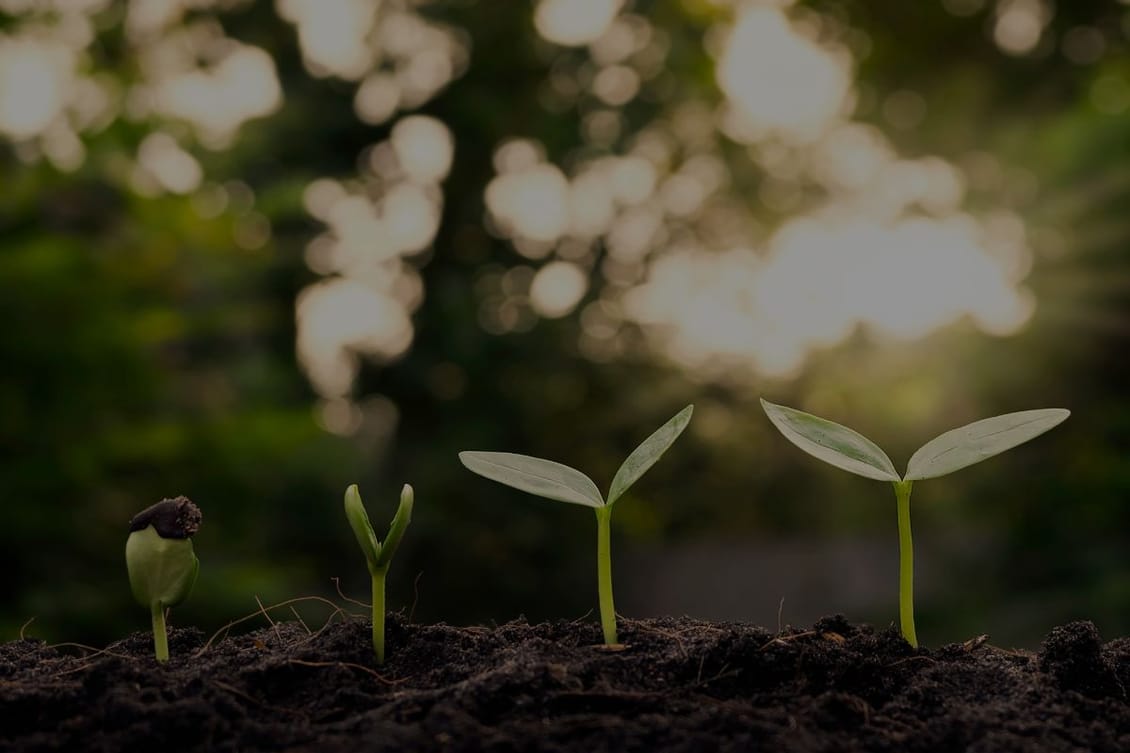
On the 'The Sauce by InFlavour' podcast, we asked Omar Sartawi how he defines his work. He said quite simply: “I am a food artist.”
But his role in the F&B industry is far from simple. He’s known for telling stories about the best of Arabic food culture through products and projects that have gathered acclaim around the world – from luxury bags made from aubergine skins, and high-end furniture created from orange peel.
Sartawi didn’t plan to move from design to opening his own restaurant – he told us it happened accidentally. But no matter where he’s focusing his creativity, his work is underpinned by a sense that food is art, art is food, and when you elevate each with the other you can tell stories that change the world.
A food artist is someone who takes the culinary arts beyond nutrition and explores new ways to express and understand culture through food.
According to Sartawi, being an artist means “to challenge something. Ask something. Try to reimagine something. I think this is the essence of art; this is even the essence of science. This is the essence of people moving forward, or innovation. For innovation to happen you need to challenge the status quo.”
And that’s exactly why art is so important to the future of sustainability. It allows us to challenge the norms and boundaries we’re currently working within, and to explore novel possibilities.
When it comes to creating food for others to eat, Sartawi values his varied background in different industries, because it gives him the ability to approach food with fresh eyes. “Chefs are pleasers,” he said, “they want to give you the best they can. While I want to create an experience for you – so I might give you a horrible dish as part of the experience, just to lower your expectations, and then I’ll give you something else.”
He emphasised that he isn’t creating new material. Not plucking ideas from thin air. Instead, he’s asking questions; following up on a sense that there might be something to investigate in a particular area of food or culture; and using what already exists to offer alternative viewpoints.
“It’s about being in a harmonious relationship with the environment.”
And that harmony, Sartawi suggested, requires us to change the way we live and work. His biggest fear for humanity is that as a species, we’re becoming “too greedy” and dependent on too many different resources and comforts. “And too entitled,” he added, “...sometimes we don’t take the time to do the simplest things. I think we try to do too much – I think we should be more focused on what’s good for us and what’s good for humanity.”
When asked what he wants his art to be known for, he said: “I think, challenging the status quo.”
“I was raised in an environment where everything should be done in ‘this’ manner…and I think this hasn’t led us to a very good place. Questioning, not unemotional questioning, but questioning things and trying to better the reality and have a better future.”
And communicating stories about the beauty of Arabic food culture is particularly important to him. “If you come to an Arabic house and see how they greet you over food — everything we do is over food. If you come to an Arabic house and you see the giving, it’s unmatched,” he said. “And having that understood by everyone, and experiencing Arabic food…being able to be inspired by telling this story of our food to other cultures without being fancy, you know. Just telling a story and letting them try it, no matter what the result is. Not being afraid to go out there and do things which have never been done before.”
“We are a beautiful culture and we need to show it to the whole world.”
Artists aren’t working to present new, complete, functional solutions to the problem of sustainability in the food and beverage industry (or in any industry, for that matter). That’s not their job – and Sartawi is clear on that.
He noted that every person and business has a different role to play in changing the mindset in order to change the future. “You need everyone from top decision makers, top people in the industry, top restaurants – you need all these different people to be aligned,” he said, in order for change to happen.”
“I am an artist. So I’m part of that thing.” But his thing isn’t to make physical changes in the industry – it’s to inspire different ways of thinking.
“I don’t really believe I’m there to give a solution for a problem. I think I’m there to ask a question and show a different thing – and I think this is what an artist does.”
Artists develop new stories and change the narrative so that previously impossible ideas become tangible realities. Art allows human beings to consider the possibility that the way they’ve always done things isn’t the only way to do things. And while that might not directly cause any immediate change, it’s absolutely not frivolous work; because changing people’s minds is the hardest part of any cultural shift.
Register now to attend InFlavour 2024 happening from October 1-3 at Riyadh Front Exhibition and Conference Center (RFECC).
Take your seat at the InFlavour table, a government-backed and world-leading B2B food event by Tahaluf.
E-mail address SubmitWant to keep up to date with all our latest news and information? Enter your name below to be added to our mailing list.
E-mail address Submit